Sources of Water
Learning Outcomes
Students will be able to understand:By the end of this lesson, students will be able to:
-
Describe other sources of water
-
Know the significance of each source of water.
-
Describe how water is used in everyday life.
-
Understand the importance of saving water.
Introduction to Water
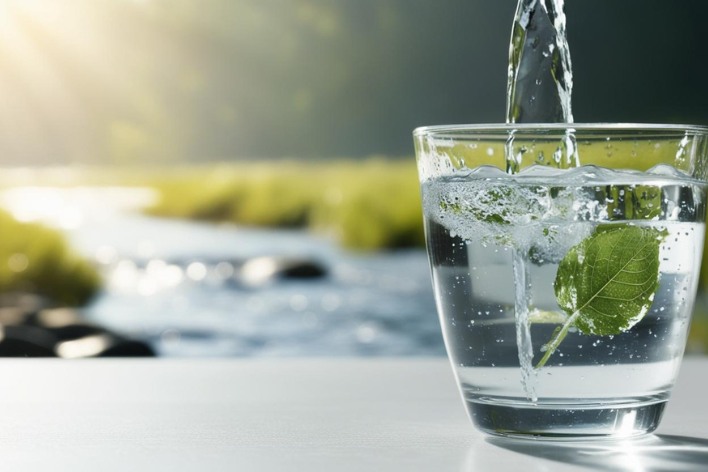
All living things depend on water. It accounts for approximately 75% of the Earth and is essential for survival. We use water for drinking, for cooking, for bathing, for washing & many other things. Knowing where it comes from helps us appreciate what we have and motivates us to use less of it.
We know that Water is found as a liquid, solid, & gas. It is an unusual substance that has several properties, including being a universal solvent, meaning it can dissolve many substances. This property renders water indispensable for living organisms, for biological purposes.
The Importance of Water
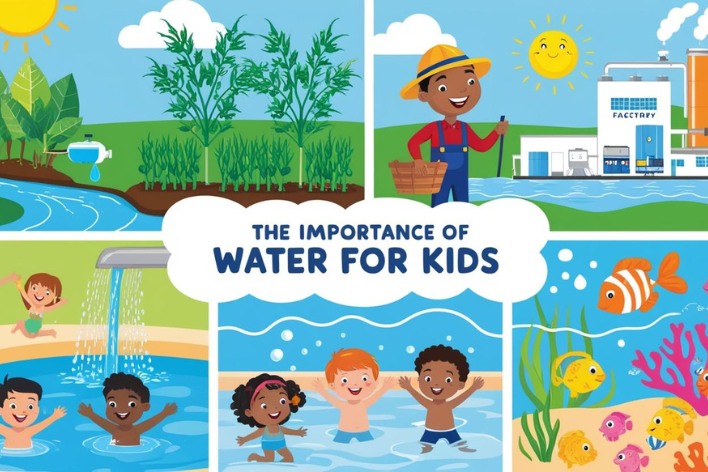
Oceans cover most of the earth, but water is much more than a liquid; it is essential to life on Earth. Below are top reasons why water is extremely important:
Sustaining Life: Every living being requires water for sustenance. It is crucial for cellular function, nutrient transport, & temperature regulation.
Agriculture: Water is essential for the cultivation of crops & the rearing of animals. Farmers are being helped by irrigation systems to provide the utmost moisture for their fields.
Industry: A lot of industries use water for manufacturing processes, cooling machinery, & cleaning equipment.
Recreation: Lakes, rivers and oceans provide habitats for recreation like swimming, fishing, & boating.
Ecosystems: Water systems provide habitats for different ecosystems, such as fish and other aquatic life. Through biodiversity: Wetlands; rivers & lakes are essential.
The Different Sources of Water
Water exists, in many forms & in many sources. Here are the primary water sources:
1. Rainwater
Isn’t rainwater one of the major source of freshwater? Water accumulates in rivers, lakes, streams & ponds when it rains. Rainwater harvesting is the process of collecting and storing rain for later use.
How Rainwater Harvesting Works
Rainwater harvesting is harvesting rainwater from the rooftops or other surfaces & collecting it for storage tanks or barrels. Instead, this rainwater can be collected and used for irrigation, toilet flushing, or drinking (following appropriate filtration).
|
Advantages of Rainwater Harvesting |
Disadvantages |
|
Reduces water bills |
Depends on rainfall |
|
Helps recharge groundwater |
Requires storage systems |
|
Reduces flooding |
May need filtration |
2. Surface Water
Surface water includes all the water found on the Earth's surface, such as rivers, lakes, ponds, and reservoirs. Surface water is an important source for drinking & irrigation.
Types of Surface Water
-
Rivers: Flowing bodies of freshwater that can be used for drinking & irrigation.
-
Lakes: Large bodies of standing water that provide habitat for wildlife & recreational opportunities.
-
Ponds: Smaller than lakes but still significant sources of freshwater.
-
Reservoirs: Man-made lakes created by damming rivers to store water for various uses.
|
Type of Surface Water |
Examples |
|
Rivers |
Nile River, Amazon River |
|
Lakes |
Lake Superior, Lake Victoria |
|
Ponds |
Backyard ponds |
|
Reservoirs |
Hoover Dam Reservoir |
3. Groundwater
Aquifers are underground layers of rock where groundwater is stored. It is retrieved from wells and springs. This source constitutes a major source of fresh water for drinking & agricultural purposes.
How Groundwater Works
Aquifers are porous rock formations that are capable of storing large amounts of groundwater. Rainwater that trickles down into the ground fills these aquifiers gradually. Groundwater can be accessed through drilling wells or natural springs where groundwater rises to the earth’s surface.
|
Advantages |
Disadvantages |
|
Reliable source |
Can become contaminated |
|
Less evaporation |
Aquifers can be emptied by too much extraction |
4. Glaciers and Ice Caps
Glaciers have approximately 68% of the world’s freshwater reserves. When they do melt, either from seasonal cycles or climate change, they add to river flows.
Importance of Glaciers
Glaciers serve as natural storage systems, supplying freshwater slowly to rivers & lakes during warmer seasons. They are vital to keeping river flow during dry months.
|
Importance of Glaciers |
Impact of Melting |
|
Provide freshwater |
Rising sea levels |
|
Support ecosystems |
Changes in river flow |
5. Desalination
In places where freshwater is not available in sufficient quantities, seawater can be converted into drinking water & for irrigation using desalination methods.
How Desalination Works
Desalination is when salt is removed from seawater using reverse osmosis, distillation, and other methods. Although this technology creates an alternative source of freshwater, it can be costly, & in some cases energy consuming.
|
Advantages |
Disadvantages |
|
A source of alternative water |
High energy consumption |
|
Can assist areas with suffering from drought |
Expensive infrastructure |
Real-Life Examples with Images
Rainwater Harvesting
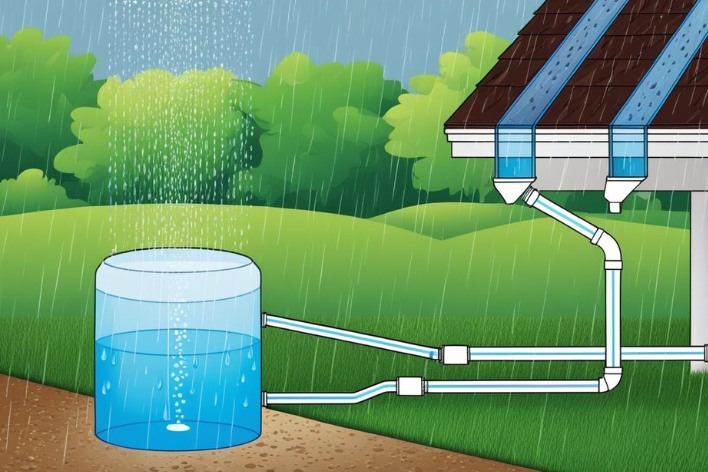
A rainwater harvesting system that collects rainwater from the rooftops.
Surface Water Bodies
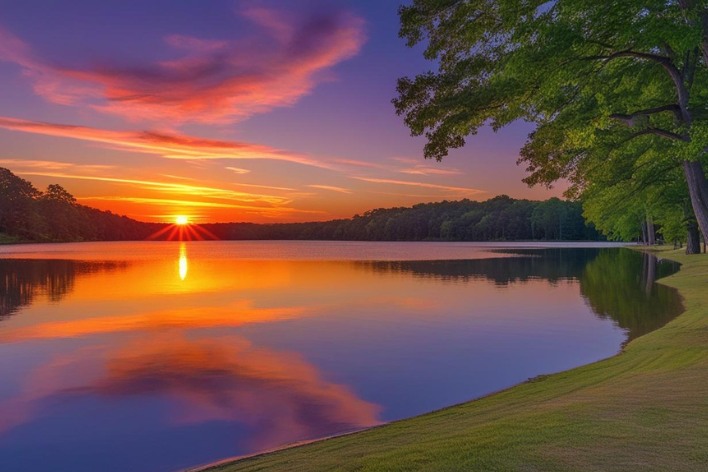
Lake provides recreational opportunities.
Groundwater Wells
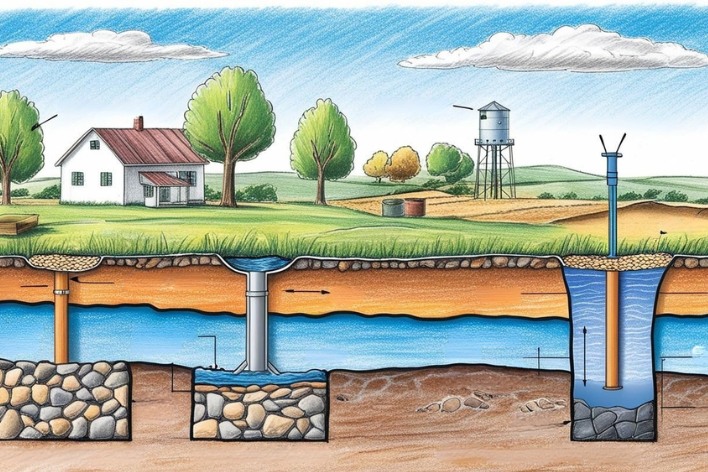
Well used to access groundwater.
Glaciers
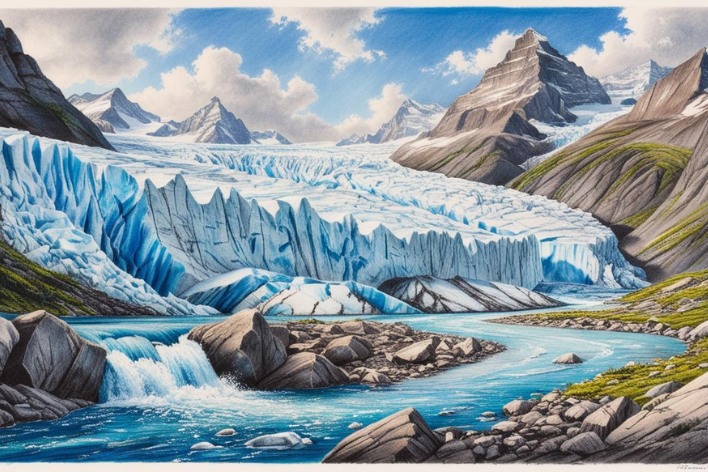
Glacier melting into a river.
Desalination Plant
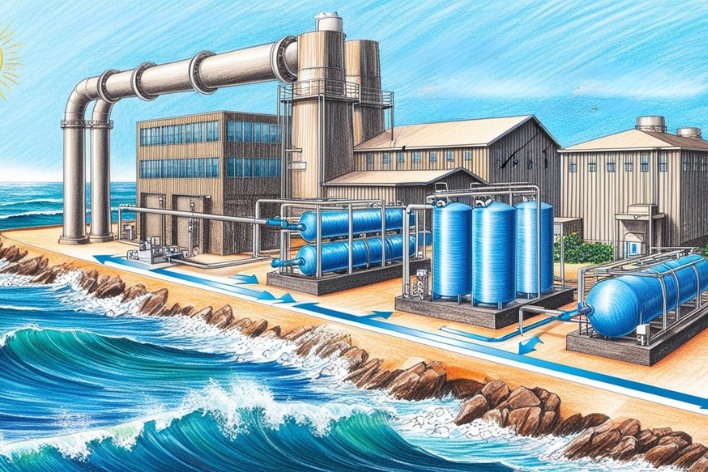
Desalination plant converting seawater into freshwater.
Fun Facts About Water Sources
Here are some fun facts about various sources of water:
| Fun Facts |
|
About 97% of Earth's water is saltwater! |
|
Only about 3% of Earth's water is freshwater! |
|
Glaciers hold more than two-thirds of the world's freshwater! |
|
Rainwater harvesting has been practiced for thousands of years! |
Formula Chart for Understanding Water Usage
Understanding how we use water can help us conserve it:
|
Water Usage Category |
Average Daily Usage (Liters) |
|
Drinking |
2-4 |
|
Cooking |
10 |
|
Bathing |
50 |
|
Washing Clothes |
40 |
|
Flushing Toilets |
30 |
The Importance of Conserving Water
Water is one of the most precious resources in the world, and they are limited. Why conserve water? Here are some reasons:
-
Scarcity: Many of these areas either face drought or have limited access to clean freshwater supplies.
-
Environmental concern: Excess withdrawal of water can affect ecosystems & lead to loss of biodiversity.
-
Cost Savings: Reducing water intake can reduce utility expenses.
-
Legacy for Future Generations: Water conservation allows future generations to have access to this essential resource.
Tips for Conserving Water at Home
-
Address leaks ASAP to keep from wasting water.
-
Shorter showers rather than long baths.
-
Switch off the tap when brushing teeth or washing hands.
-
Clean your driveway with a broom instead of a hose.
-
Use rainwater, for watering your plants or gardens.
Conclusion
Sources of Water Why is it Important to know the sources of water? This general understanding helps us to be able to use this precious resource wisely by learning more about rainwater, surface water, groundwater, & glaciers, as well as desalination processes.
Water plays a crucial role in our life, and so our first priority should be water conservation! Encourage your family & friends to use good habits and not waste water & if they can catch rainwater with rain barrel!
FAQs
What is water?
Water is a colorless, tasteless, and odorless substance that is essential for the life of all organisms.
What Are Sources of Water (Class V)?
The sources of water are primarily rain, rivers, lakes, wells, and oceans.
What are 5 uses of water(Class V)?
Water serves a wide variety of purposes, including drinking, cooking, cleaning, agriculture, and bathing.
What are Types of Water (Class V)?
The four types of water include fresh water, salt water, underground water, and surface water.
CBSE Schools In Popular Cities
- CBSE Schools in Bangalore
- CBSE Schools in Mumbai
- CBSE Schools in Pune
- CBSE Schools in Hyderabad
- CBSE Schools in Chennai
- CBSE Schools in Gurgaon
- CBSE Schools in Kolkata
- CBSE Schools in Indore
- CBSE Schools in Sonipat
- CBSE Schools in Delhi
- CBSE Schools in Rohtak
- CBSE Schools in Bhopal
- CBSE Schools in Aurangabad
- CBSE Schools in Jabalpur
- CBSE Schools in Jaipur
- CBSE Schools in Jodhpur
- CBSE Schools in Nagpur
- CBSE Schools in Ahmednagar
- CBSE School In Tumkur











